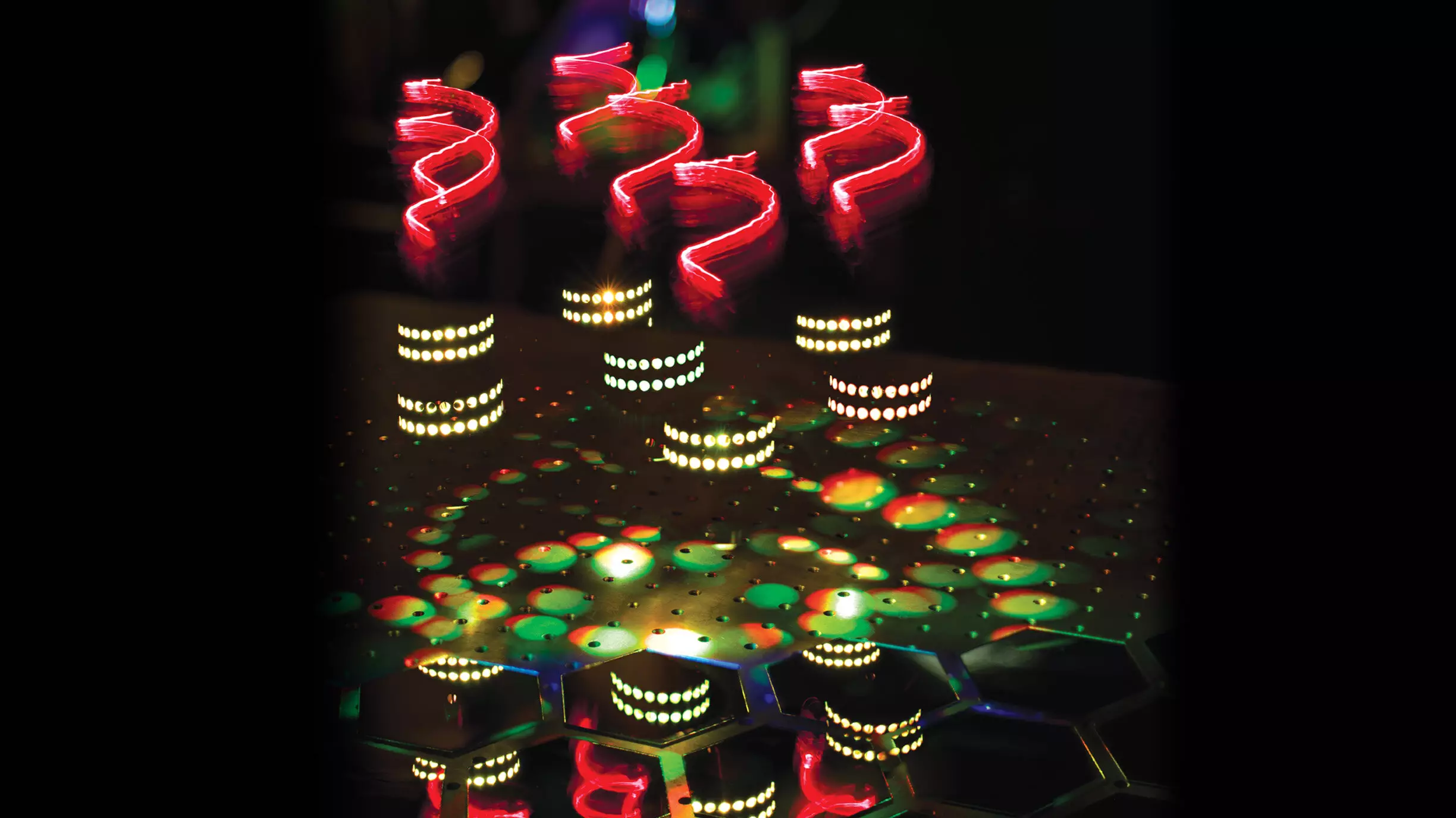A groundbreaking optical phenomenon has been recently unveiled by a team of international scientists led by physicists from the University of Bath. This new discovery has the potential to transform various fields such as pharmaceutical science, security, forensics, environmental science, art conservation, and medicine. The research findings have been published in the prestigious journal Nature Photonics.
Traditional Raman spectroscopy works by analyzing how molecules interact with light, specifically how they scatter photons and change color. However, some molecular features remain invisible to this method. To address this limitation, scientists have developed the hyper-Raman effect, which involves two photons hitting a molecule simultaneously and combining to create a single scattered photon with a color change. This advanced technique offers deeper penetration into living tissue, reduces damage to molecules, and produces images with better contrast, thanks to the lower levels of noise from autofluorescence.
One crucial property of molecules that has eluded conventional Raman spectroscopy and previous iterations of hyper-Raman is chirality. Chirality represents a molecule’s twisted nature, akin to the helical structure of DNA. Many essential biomolecules, including proteins, RNA, amino acids, and some vitamins, exhibit chirality. Researchers have proposed using chiral light for the hyper-Raman effect to unveil the three-dimensional information about molecules and determine their chirality. Despite initial challenges in detecting this phenomenon due to the subtlety of the effect and the purity of chiral light sources, recent advancements have made it possible to measure hyper-Raman optical activity.
In a groundbreaking experiment, scientists assembled molecules on tiny gold nanohelices to induce chirality and enhance the hyper-Raman signal. This novel approach allowed for the detection of the hyper-Raman effect and its application in analyzing pharmaceutical compositions, ensuring product quality, authenticating goods, detecting illegal substances, identifying pollutants in the environment, analyzing art pigments, and diagnosing medical conditions based on molecular changes. The integration of chemical theory and experimental physics in this research exemplifies a collaborative effort that spans decades and academic generations, culminating in a significant scientific breakthrough.
Although the observation of the hyper-Raman effect represents a fundamental advancement in molecular analysis, there is still a long journey ahead before this technique becomes a standard analytical tool. Collaborations with industry experts such as Renishaw PLC, a leading manufacturer of Raman spectrometers, will be instrumental in further developing and implementing this technology. The researchers involved in this study express optimism about inspiring future scientific discoveries and emphasize the importance of sustained efforts in scientific research.
The discovery of the hyper-Raman effect and its application in analyzing molecular structures mark a significant milestone in the field of photonics and spectroscopy. This innovative technique opens up new possibilities for studying complex molecules, elucidating their properties, and advancing various scientific disciplines. As researchers continue to explore the potential applications and refine the methodology of hyper-Raman spectroscopy, the scientific community can look forward to a future filled with transformative insights and discoveries in molecular science.


Leave a Reply